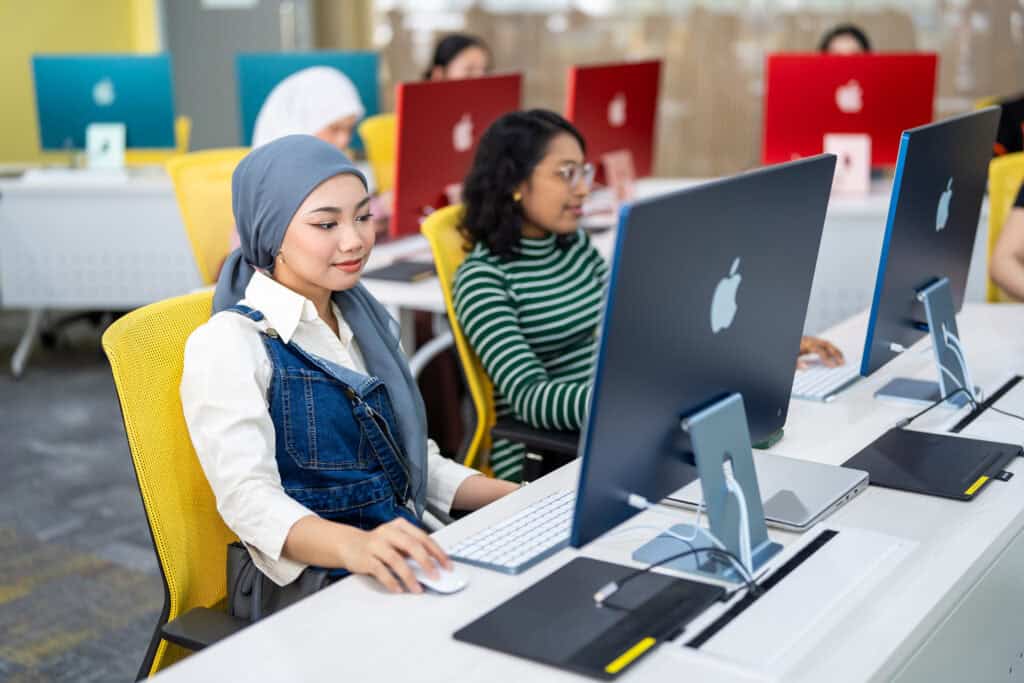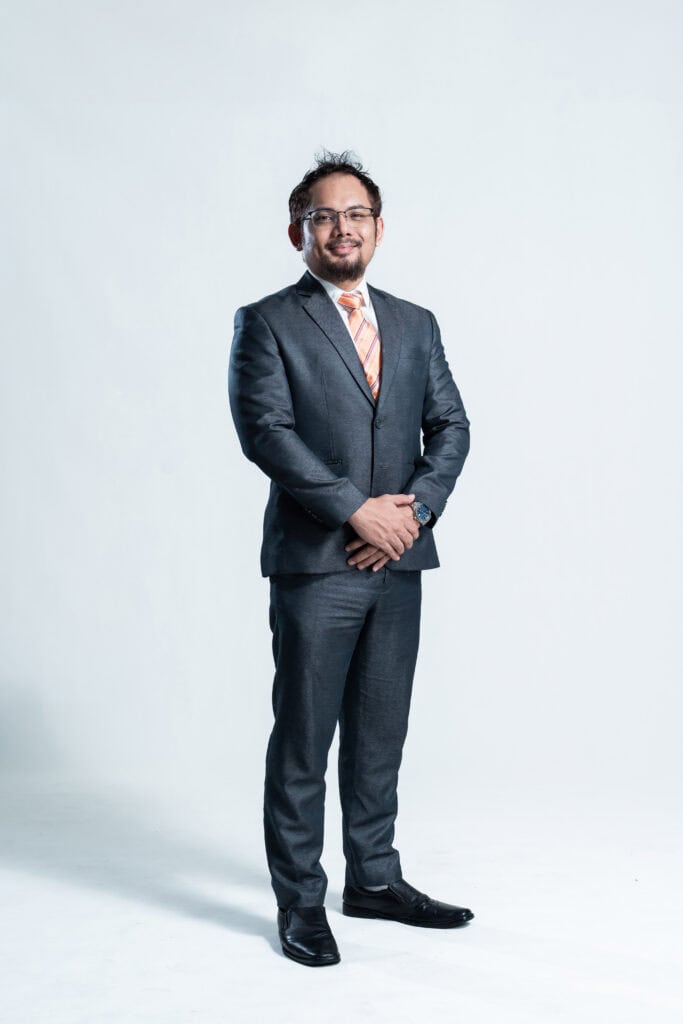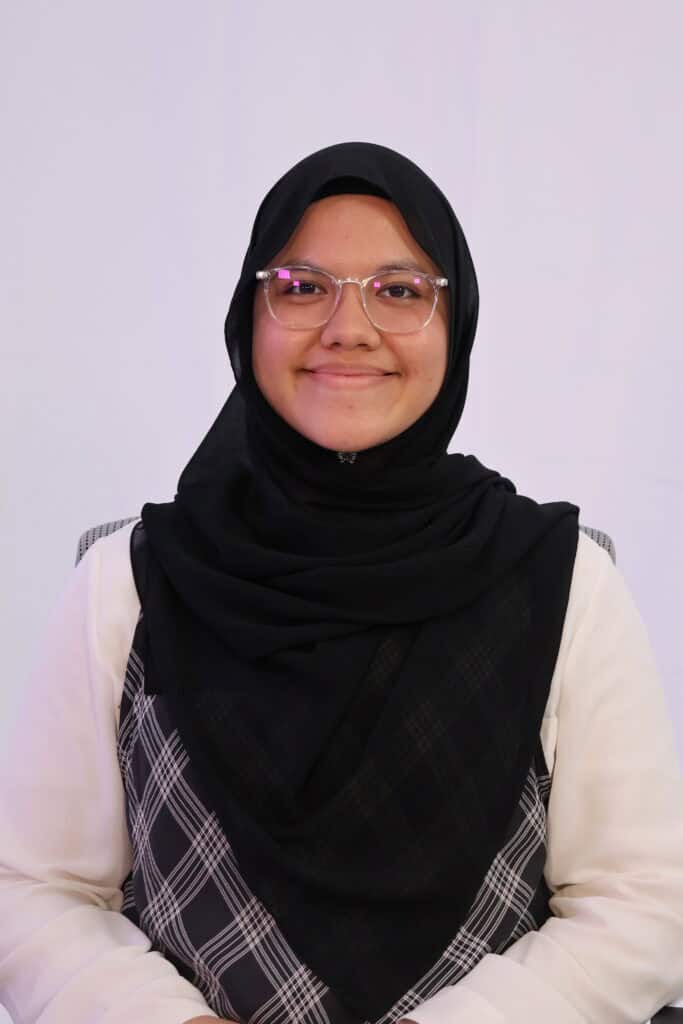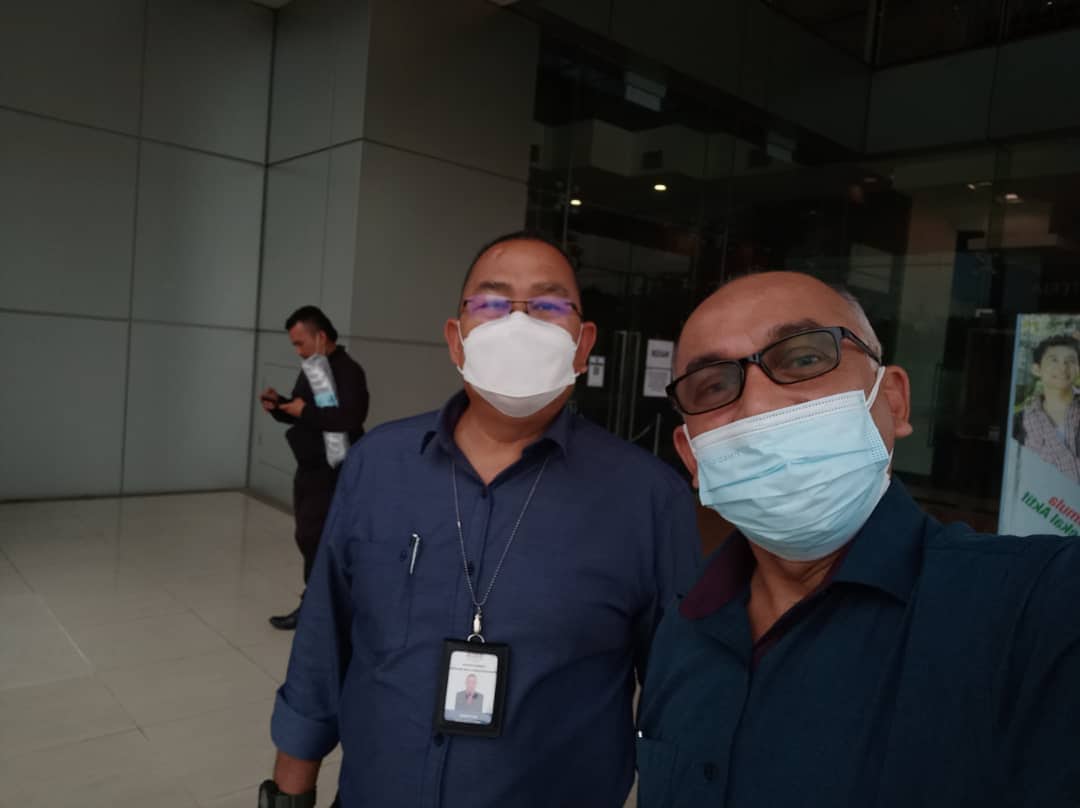Harnessing AI in Creative Arts and Design Programmes
Artificial intelligence (AI) has become more than just a buzzword in today's rapidly evolving digital landscape. It is a transformative force reshaping industries across the board. From automation to problem-solving, AI-powered software is revolutionising how we work, enhancing efficiency and creativity like never before. The creative arts industry is no exception, as AI-driven tools are now deeply integrated into design, music, film, and digital content creation. By automating complex tasks, streamlining workflows, and offering innovative creative possibilities, AI empowers artists and designers to push boundaries and redefine artistic expression.

As technology continues to evolve, integrating AI into creative fields has become essential. In creative arts and design, staying ahead means understanding how AI enhances artistic expression and optimises workflows. To ensure students are well-versed in these advancements, academic institutions are adapting their syllabuses to reflect industry needs. Among them, the University of Cyberjaya provides an environment where students can explore the intersection of creativity and technology, gaining the knowledge and skills to navigate the ever-changing creative industry.

Faiz bin Alias highlights the importance of a well-rounded education, where students develop critical thinking and ethical reasoning to navigate AI’s role in the creative industry.
Deputy Dean of the Faculty of Creative Art and Design
According to Faiz bin Alias, Deputy Dean of the Faculty of Creative Art and Design at the University of Cyberjaya, the integration of AI in design software has transformed the way students learn and create. “Our programmes incorporate AI-powered tools, allowing students to explore innovative approaches to design while enhancing their technical proficiency. By utilising AI embedded in industry-standard software, we ensure that our students develop the skills needed to adapt to evolving industry demands. This hands-on experience prepares them for the future, equipping them with the knowledge and confidence to thrive in the creative sector.”
While the integration of AI in education offers numerous benefits, concerns remain about its impact on creativity and learning outcomes. One key issue is the potential over-reliance on AI, which may hinder students from fully developing their creative instincts and critical thinking skills. Additionally, AI systems are not immune to bias, as algorithms are often trained on historical data that may reflect existing societal prejudices. If these biases go unaddressed, they could inadvertently reinforce stereotypes and inequalities, ultimately shaping students’ perspectives and limiting opportunities in the creative field. Striking a balance between leveraging AI as a tool and fostering independent creativity is essential to ensuring that students benefit from technology without compromising their artistic growth.
AI is a powerful tool designed to enhance human capabilities rather than replace them. However, effectively utilising AI requires a strong foundation of knowledge and technical understanding. AI systems are intricate, and users must learn how they function before integrating them into their work. This is why incorporating AI education into the syllabus is essential, as it ensures that students not only understand how AI works but also recognise its limitations and potential risks.
Faiz also emphasised the importance of a well-rounded education in this regard. “Education is not just about acquiring knowledge and skills. It should also instil critical thinking and ethical reasoning. Students must be able to navigate complex situations, assess AI’s impact, and make informed decisions about its use in creative industries.”
For students like Nurul Ayn Suheda Soylu, a Diploma in Graphic Design student at the University of Cyberjaya, exposure to AI in creative design has been a valuable part of her learning journey. She shared, “I see great potential for this field now and in the years ahead. I have always been interested in art and design but never had the chance to explore them, so this is my time to do what I truly want and grow out of my shell. The University of Cyberjaya stood out to me because of its new and visually appealing faculty, state-of-the-art labs and facilities, and an engaging learning environment. The interactive approach to teaching encourages students to collaborate and exchange ideas, making the experience even more enriching.”

Nurul Ayn Suheda Soylu embracing her passion for art and design while gaining hands-on experience with AI in a collaborative and dynamic learning environment
Diploma in Graphic Design
The creative arts and design industry continues to evolve, and having the right skills is essential to staying ahead. At the University of Cyberjaya, diploma and degree programmes in animation, graphic design, and multimedia provide students with industry-relevant knowledge and hands-on experience. To further support innovation and creativity, the university has invested RM5 million in its Innovation and Creative Technology Hub, providing students with cutting-edge facilities and the latest technology to enhance their learning experience. With access to AI-powered tools such as Adobe Firefly and Adobe Photoshop, students can explore new creative possibilities, streamline their design processes, and develop industry-ready skills.
Those interested can explore the campus and its state-of-the-art facilities every weekday from 9:00 a.m. to 6:00 p.m., For more details, visit cyberjaya.edu.my/fcad or connect with our education counsellors via WhatsApp at 011-1112 3344 or email studywithus@cyberjaya.edu.my to learn more about scholarships and entry requirements.



